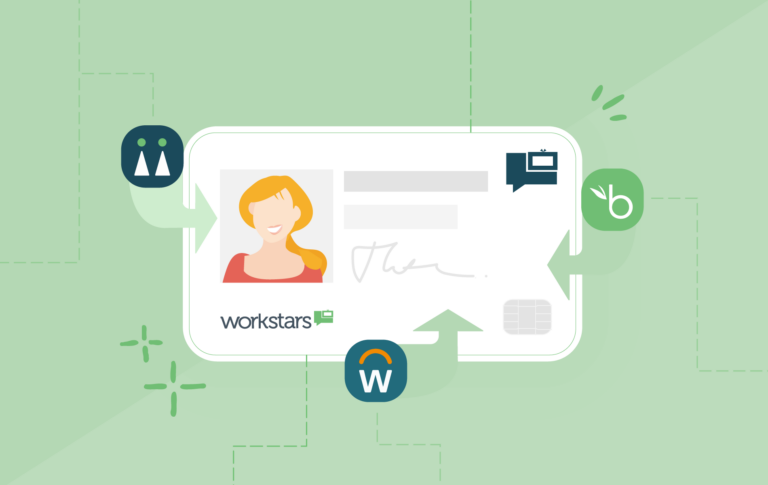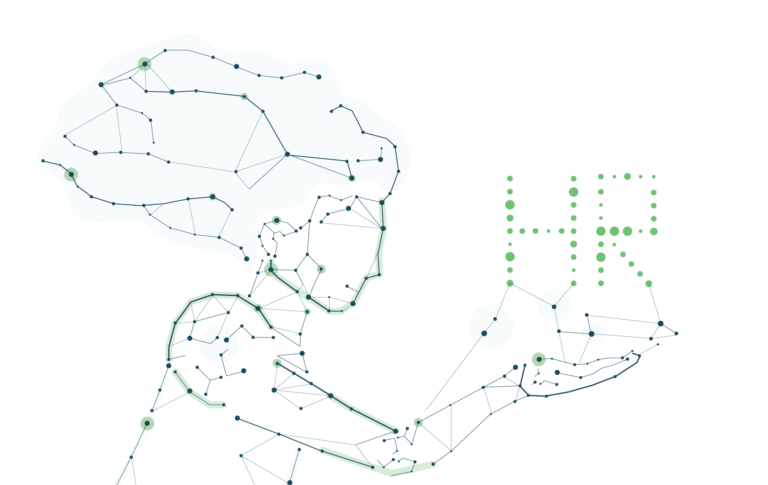Why does HR lag behind when it comes to using data?
A recent study carried out by Capita Resourcing suggests HR practitioners believe data has an important role to play in enabling them to do their work. Yet when it comes to the reality of actually using it, the picture is far less encouraging. Why?
83% of the 350 HR and Recruitment specialists surveyed said they believed data and its associated insights were critical for improvements in recruitment and talent acquisition. Around half thought good use of data would enable them to manage skills gaps more effectively, pre-empting problems that could otherwise develop. 40% believed their organization found it more difficult to recruit talent if data isn’t used effectively in the process.
As well as the HR and Recruitment specialists, however, the survey also captured the opinions of 500 business leaders and more than 2,000 employees. Their views on HR and data were not positive.
Business leaders felt HR and Recruitment was the function that had achieved the least when it came to using data insights to optimize and measure performance. 24% said HR was the worst for collecting, analyzing and acting on data. 92% of employees thought better use should be made of data to enhance their overall experience. This lack of data might not only affect the employee experience, it could also impact recruitment.
HR and Recruitment recognize they’re falling short when it came to use of data; around 40% thought the candidate experience suffered and they were vulnerable to losing candidates to competitors as a result. As well as problems at the recruitment stage, this lack of data insights could also impair the ability to ensure a good cultural fit of recruits. That could hit engagement and retention.
Could ‘analysis paralysis’ be a factor?
If HR knows there’s data that could help them do their job and deliver better results for the organization, what’s stopping them from using it? ‘Analysis paralysis’ seems to be at least part of the problem according to 40% of HR and Recruitment respondents. HR appears to be in a situation where it simply cannot manage the volume of information it has.
While the Capita study is recent, these themes are ones that have been highlighted many times before yet the progress that might have been expected by now doesn’t seem to be happening. Volume and complexity of data appear to be a real problem with HR departments wrestling with the challenge of managing it all.
Go back a decade when management by spreadsheet was very common and you could appreciate why people analytics didn’t feel within reach. Yet now there’s the potential to address this.
Businesses and HR departments need to be clear about which metrics they focus their attention on. In this day and age, software has the capability to do all the hard work when it comes to data collection and presentation.
Types of HR information available
Take employee recognition software as an example. Consider the kinds of insights it provides to an organization; information in real-time along with longer-term trends over a specified time period; informed perspectives on collaboration and teamwork; insights into the effectiveness of corporate values; details on key financials like reward budget effectiveness and ROI when compared to other reward mechanisms.
Similar software and tools can provide a wealth of valuable information too. Wellbeing software can give insights into various employee health parameters, such as stress levels or participation and progress in corporate health programs to help inform occupational health efforts. Simple dashboards provide wellbeing indexes offering a range of insights including specific health risks and concerns within given employee populations. Employee feedback software offers a vast plethora of data, highlighting things that are going well and pinpointing the things that aren’t.
Read more: Could employee recognition support workplace wellbeing?
Employee perceptions of the company can be better understood, identifying opportunities where there’s scope for improvement but also revealing the most significant drivers of morale, engagement and culture. Employee feedback can be requested, and satisfaction can be tracked.
The opportunities this kind of data has to inform HR thinking, and shape business strategy, are vast. As agents of change, it’s time for HR to lead the way.


 Great managers vs natural leaders: What’s the difference (and does it matter?)
Great managers vs natural leaders: What’s the difference (and does it matter?)
 Workstars now integrates seamlessly with the HRIS you use every day
Workstars now integrates seamlessly with the HRIS you use every day
 AI in HR: Where are we at (and where are we going to end up?)
AI in HR: Where are we at (and where are we going to end up?)